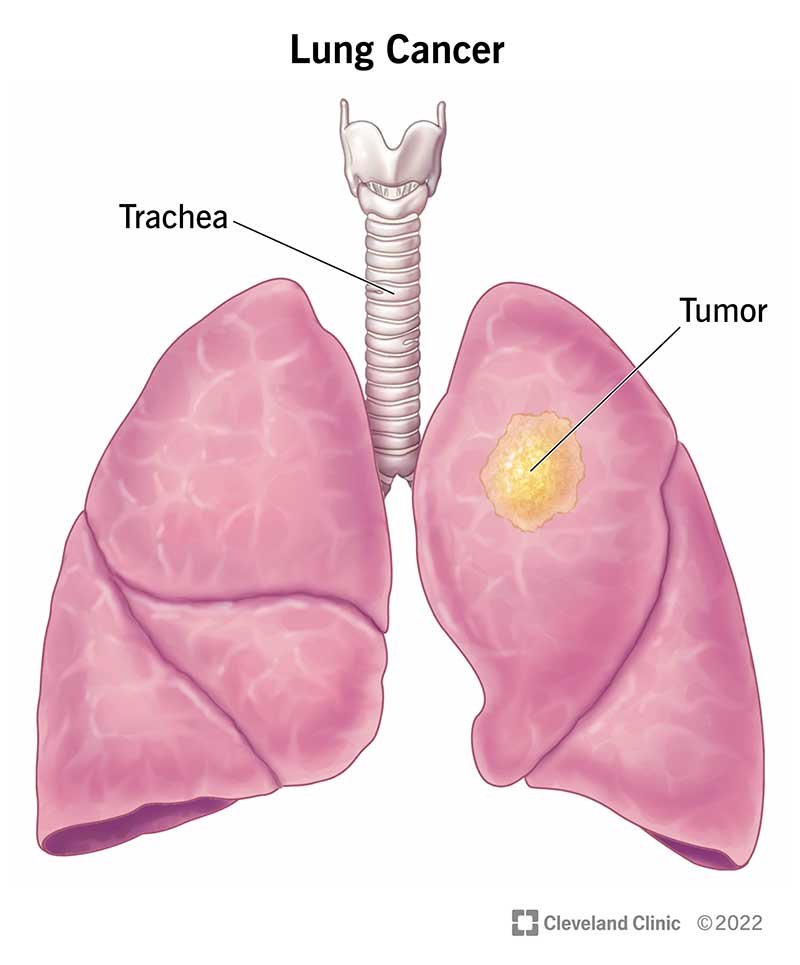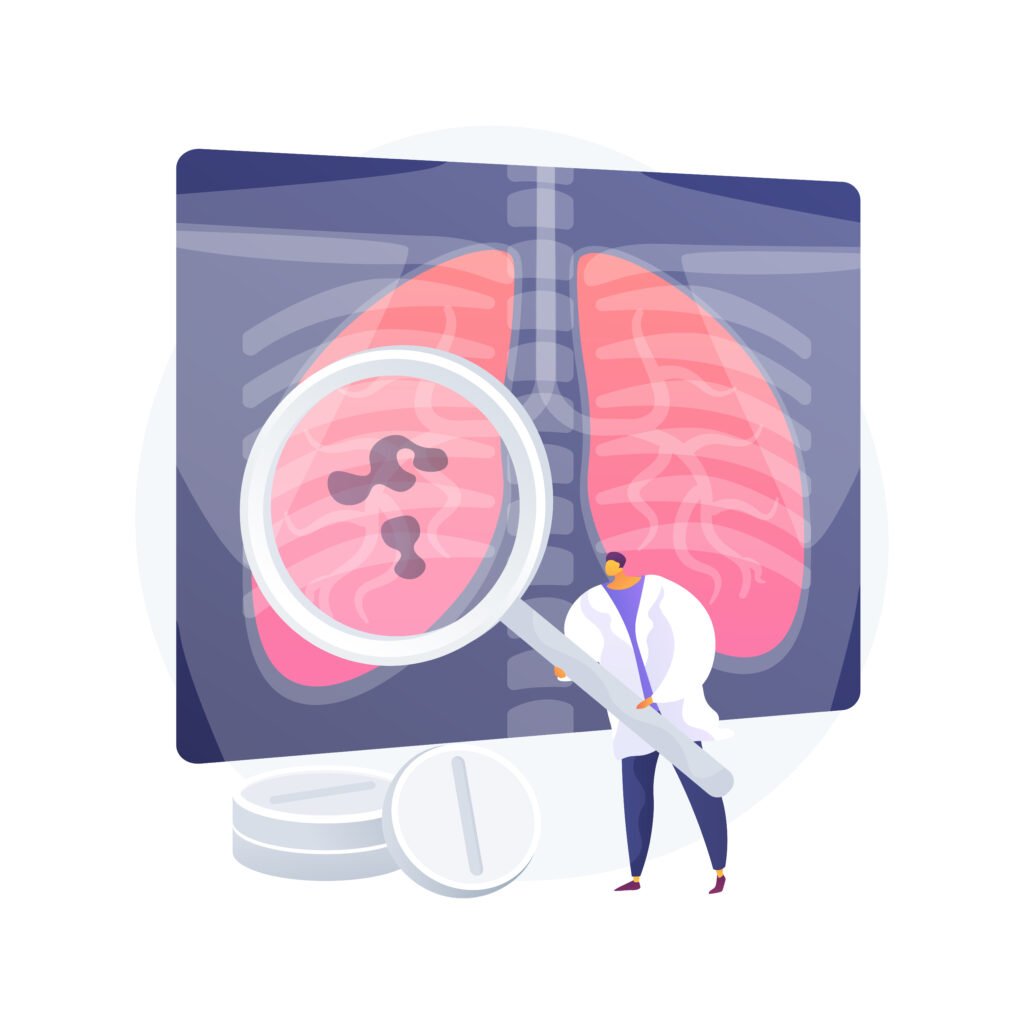
Let’s understand what we should know about lung cancer
Lung cancer is a type of cancer that starts in the lungs, which are a pair of spongy organs in the chest responsible for oxygen intake and carbon dioxide removal during breathing.
Before cancer develops, the cells in the lining of the airways (bronchi and alveoli) can undergo changes known as dysplasia. Dysplasia is an early sign of cancer, and if it is not detected and treated promptly, these abnormal cells can continue to grow and multiply, eventually forming cancerous tumors.
The primary cause of these changes in the lungs is prolonged exposure to harmful substances, most notably tobacco smoke, which contains carcinogens that damage lung cells over time. Other factors such as exposure to radon gas, asbestos, air pollution, or a family history of lung cancer can also contribute to these changes. While the lungs have mechanisms to repair damage, persistent exposure to these risks can lead to dysplasia that may progress to cancer if left untreated.
Therefore, it is important to detect dysplasia or abnormal changes in lung tissue early. To help with this, we have outlined several aspects that can help you recognize potential risk factors or symptoms, such as persistent coughing or shortness of breath. Being aware of these aspects and seeking early detection through screenings like low-dose CT scans can greatly improve the chances of successful treatment for lung cancer.
Early detection of Lung cancer

